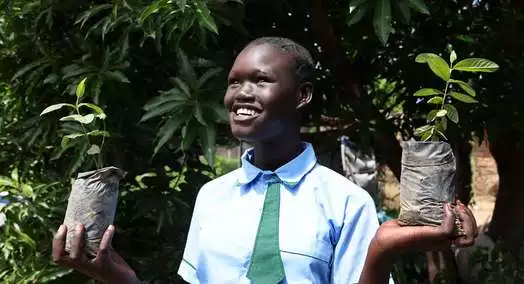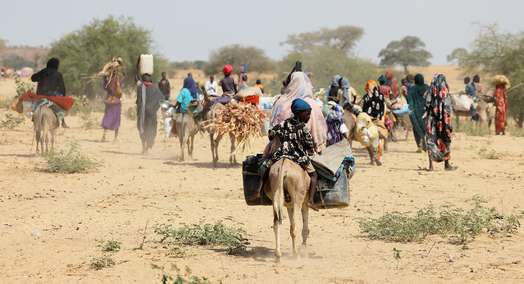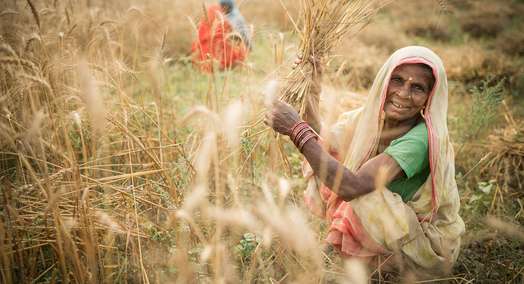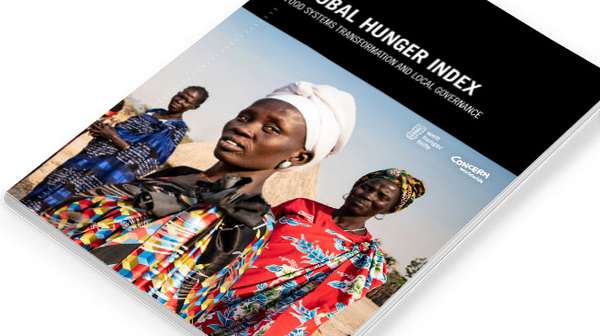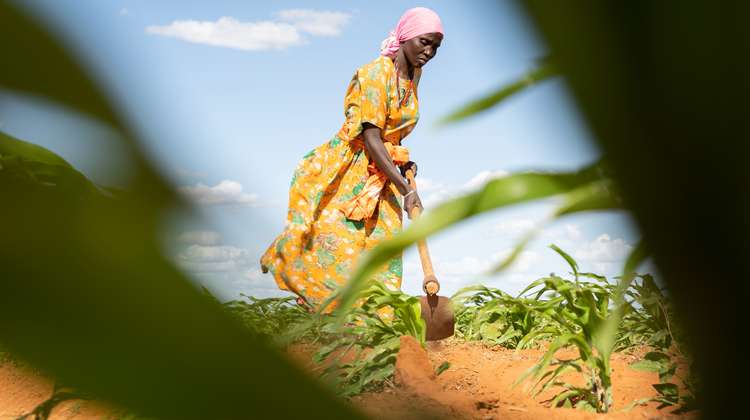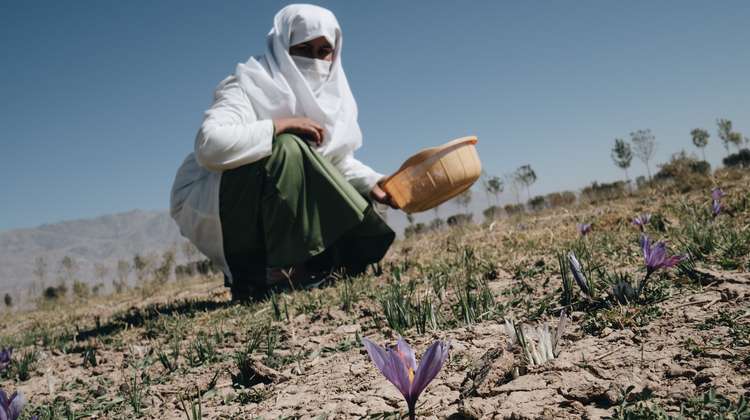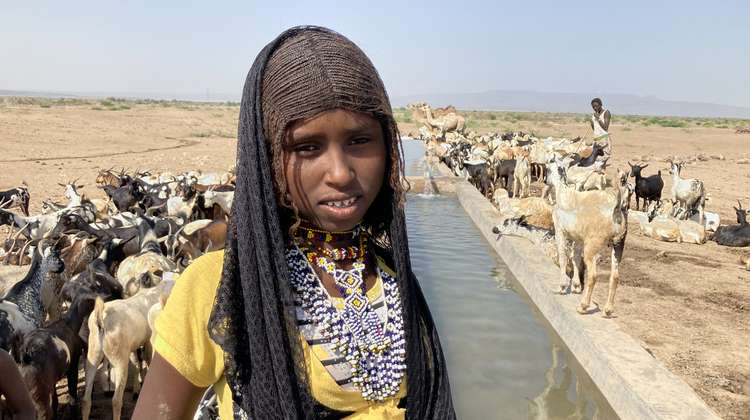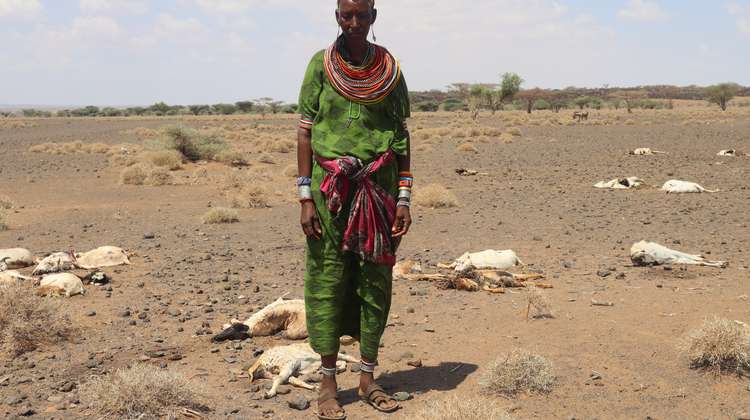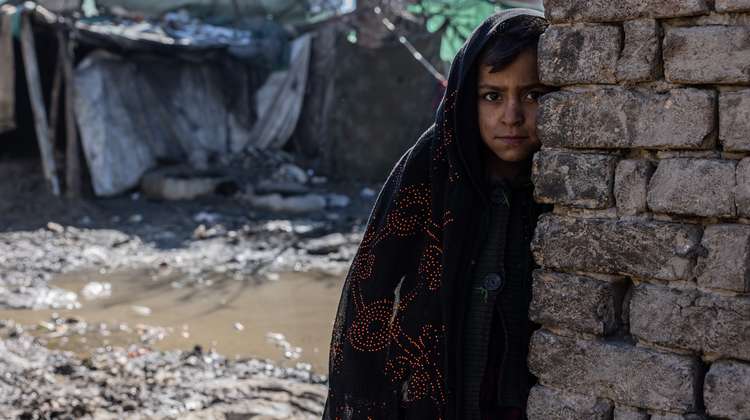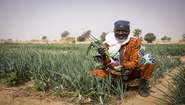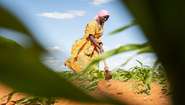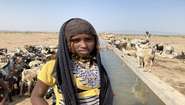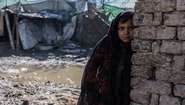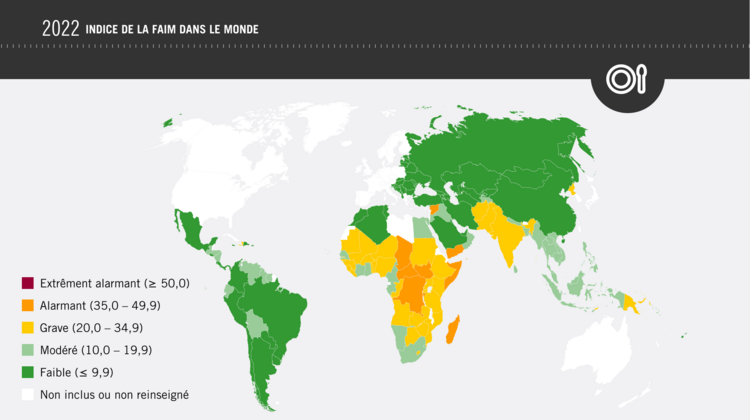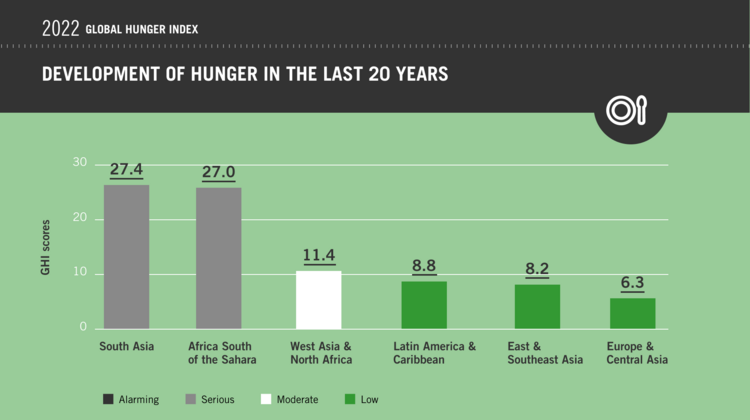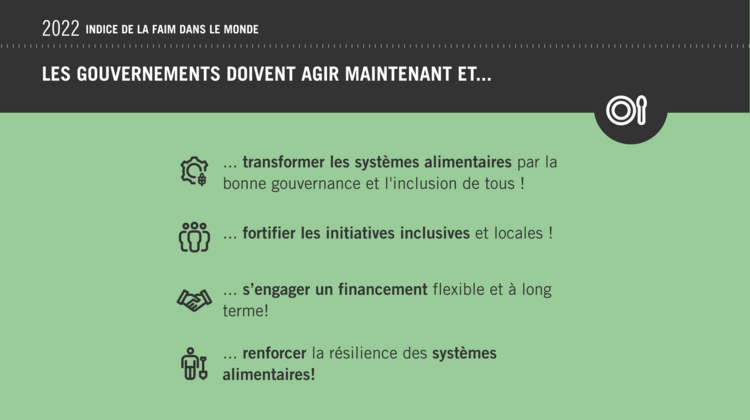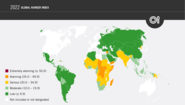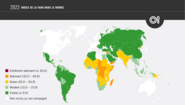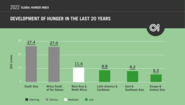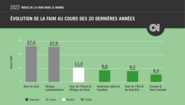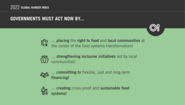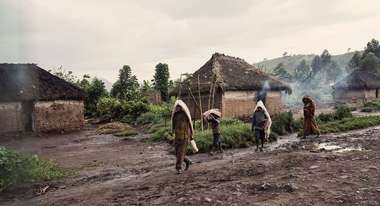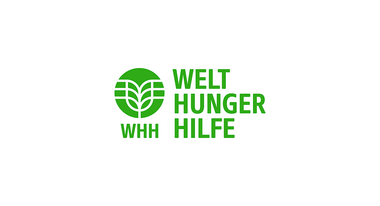Report, synopsis, map: All documents can be downloaded here in English, Spanish and French.
Global Hunger Index: Hunger Crises Turn Into Catastrophes
Welthungerhilfe presents the 2022 Global Hunger Index. Progress in the fight against hunger is being destroyed.

Bonn/Berlin, 13 October 2022. The world faces a major setback in its efforts to end hunger as the war in Ukraine intensifies a number of different hunger crises. The current edition of the Global Hunger Index reveals that armed conflicts, climate change, and the COVID-19 pandemic are intensifying each other; as a result, up to 828 million people were forced to go hungry in 2021. The situation is especially dire in the Horn of Africa, which is in the grip of the worst drought in four decades. In some parts of Somalia, people are already experiencing a deadly famine. The new report assesses the nutritional situation in 129 countries. As things stand, 46 countries will not even achieve a low level of hunger by 2030, much less eliminate hunger entirely. Africa South of the Sahara and South Asia are once again the regions with the highest rates of hunger.
“Due to a toxic mix of armed conflicts, the climate crisis, and the COVID-19 pandemic, millions of people were already facing enormous price increases for food, even before the war in Ukraine. This war is now making a bad situation worse, and hunger crises throughout the world are increasingly taking on catastrophic proportions. We must respond to these humanitarian crises quickly, making resources available more flexibly and in greater quantities while increasing investment in the transformation of food systems,” urges Marlehn Thieme, the chair of the board of Welthungerhilfe.
This year’s Global Hunger Index shows how important it is to make food systems fair, sustainable, and resilient to crises. A key aspect is the involvement of local stakeholders in national nutrition politics. “The right to food must play a key role in the transformation of the food systems. It is crucial for local civil-society organisations to be able to monitor relevant governmental bodies and to demand improvements. Only when communities and farmers with their local knowledge and specific needs are part of the decision-making process can sustainable solutions for ending hunger be found,” underlines Mathias Mogge, the secretary general of Welthungerhilfe.
Welthungerhilfe turns 60 this year. It is one of the largest private aid organizations in Germany; politically independent and non-denominational. With courage and determination, it is striving for a world without hunger. Since it was founded on December 14, in 1962, 10,895 overseas projects in about 70 countries have been supported with 4.46 billion euros. Welthungerhilfe works on the principle of empowering people to help themselves: from fast disaster relief to reconstruction and long-term development cooperation projects with national and international partner organisations.
Press Photos and Infographics
Please download high quality images via click on the photo and click on the link "Originalgröße herunterladen" below the picture.
Usage note:Please note that the pictures may only be used in a Welthungerhilfe context and may not be passed on to third parties. Images must bear the credit copyright "Photographer/Welthungerhilfe". No long-term archiving. Please delete pictures after use!

